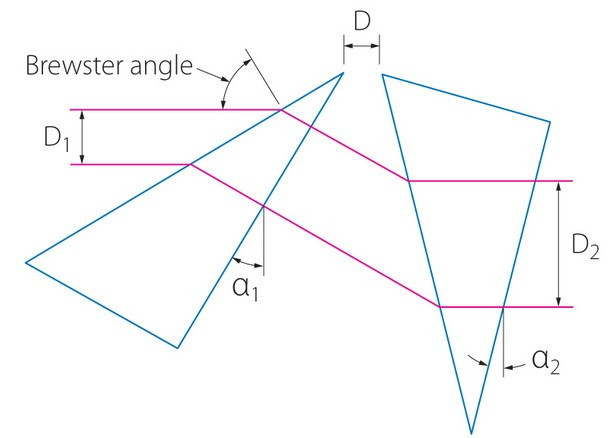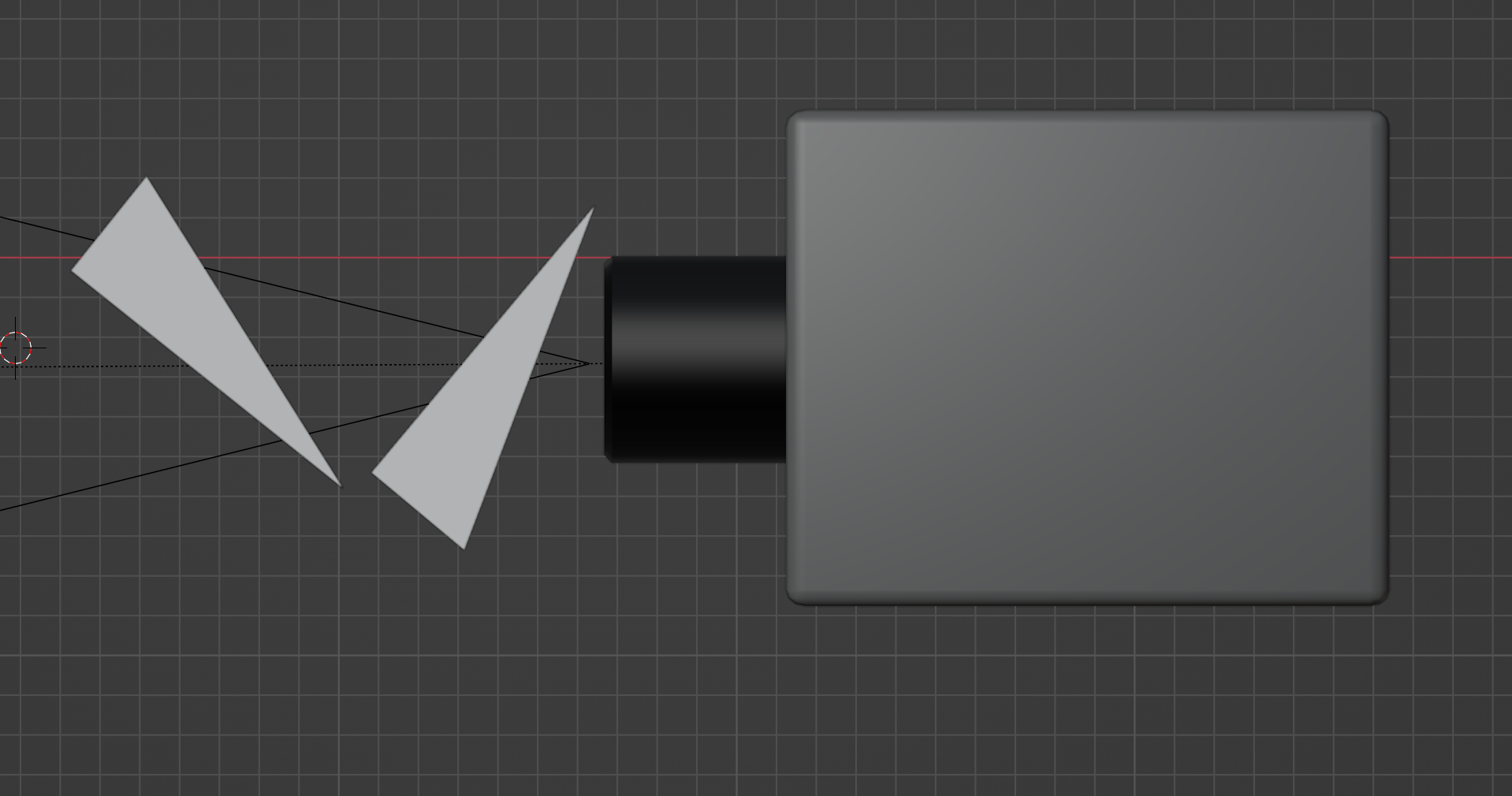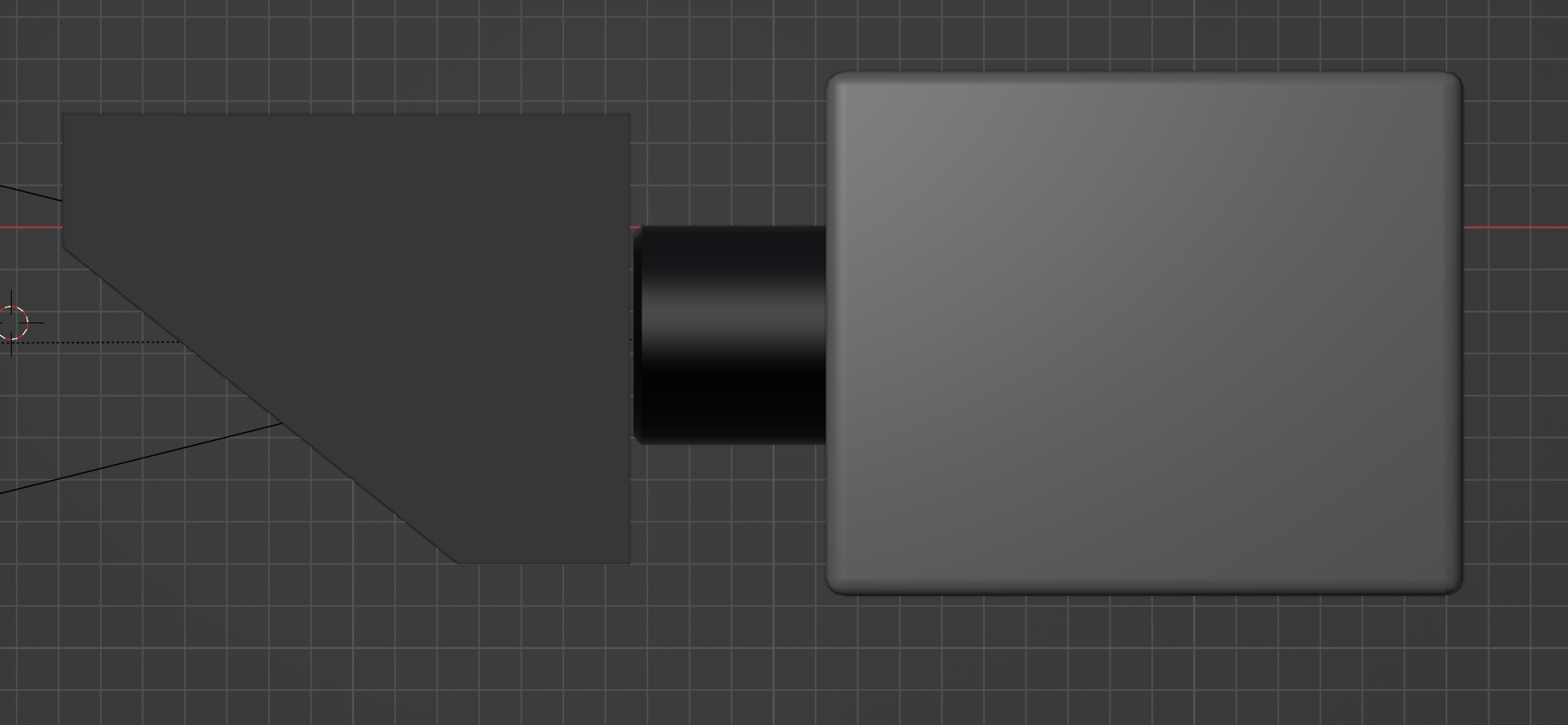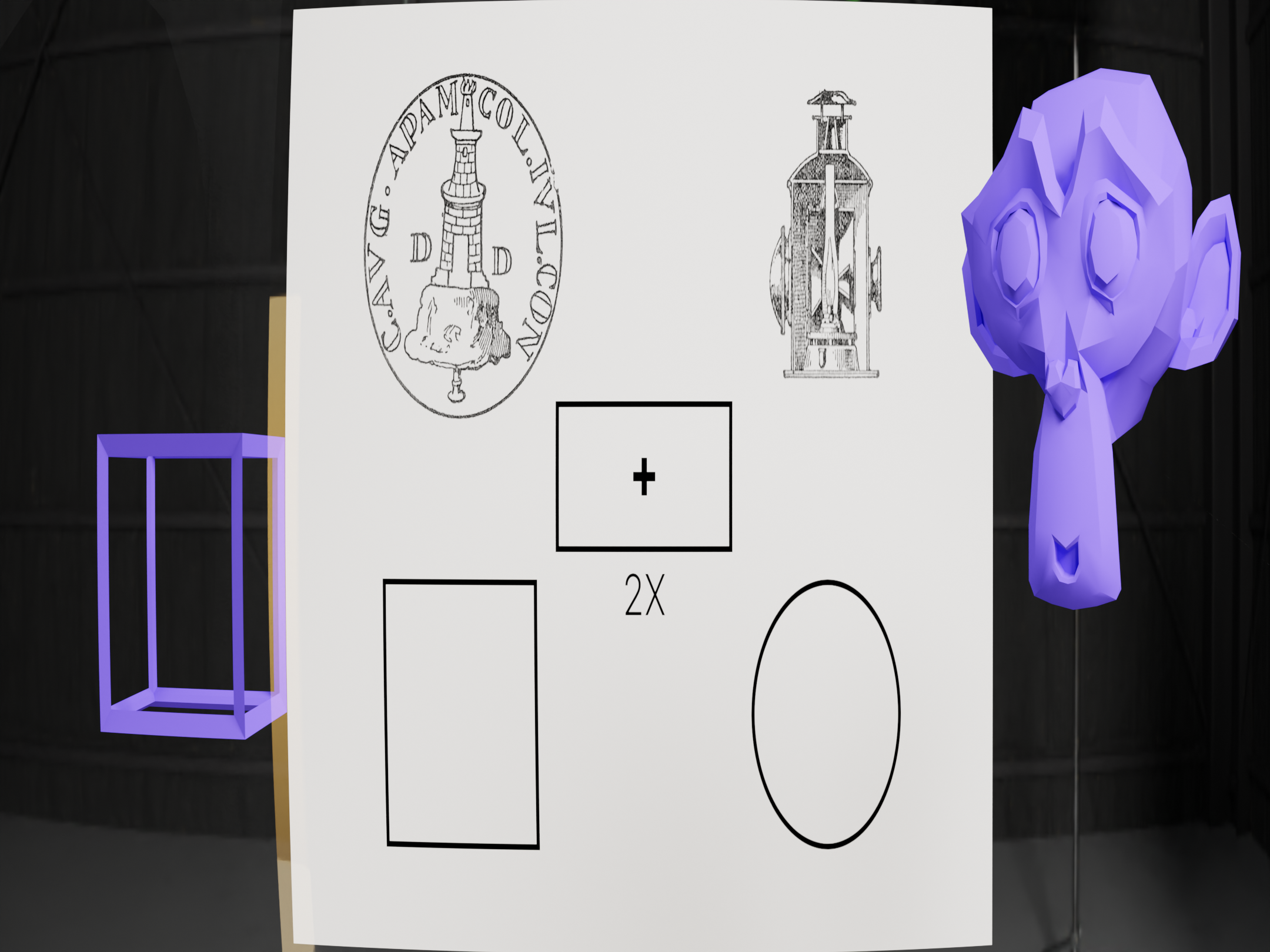Cylindrical Anamorphic Lens
With the use of Blender's geometry nodes, I've create a simple cylindrical anamorphic element:

Geometry nodes allows me to non-destructively create the lens, which essentially means I can change certain aspects of it. Most importantly, how fine the curve is, noted as resolution. The above screenshot shows a cylinder lens made at 2048 resolution. Let's take a closer look:

The above screenshot shows the high resolution version of the cylindrical lens. The cruve is incredibly smooth. What if we lower the resolution?
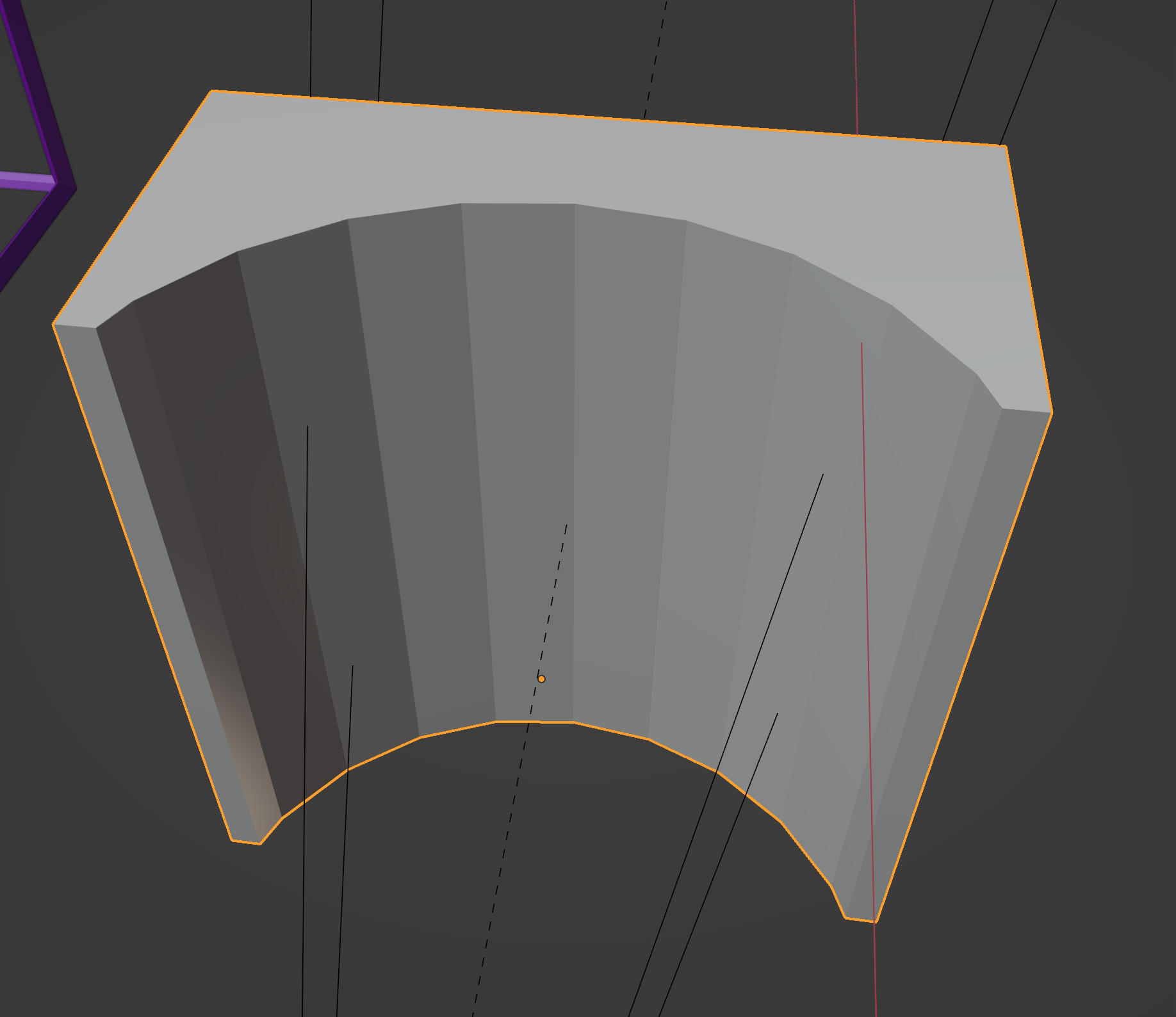
The above screenshot shows the low resolution version of the cylindrical lens. Notice how we can clearly see the individual slices of the glass.
How will these two resolutions turn out when we render?

The above, squeezed, render is of the 2048 lens. Even at that high of a resolution, we can still see the "stair stepping" of the cuts in the glass. Look at the circle in the bottom right for a clear example of the stair stepping. For posterity, let's look at the desqueezed version:
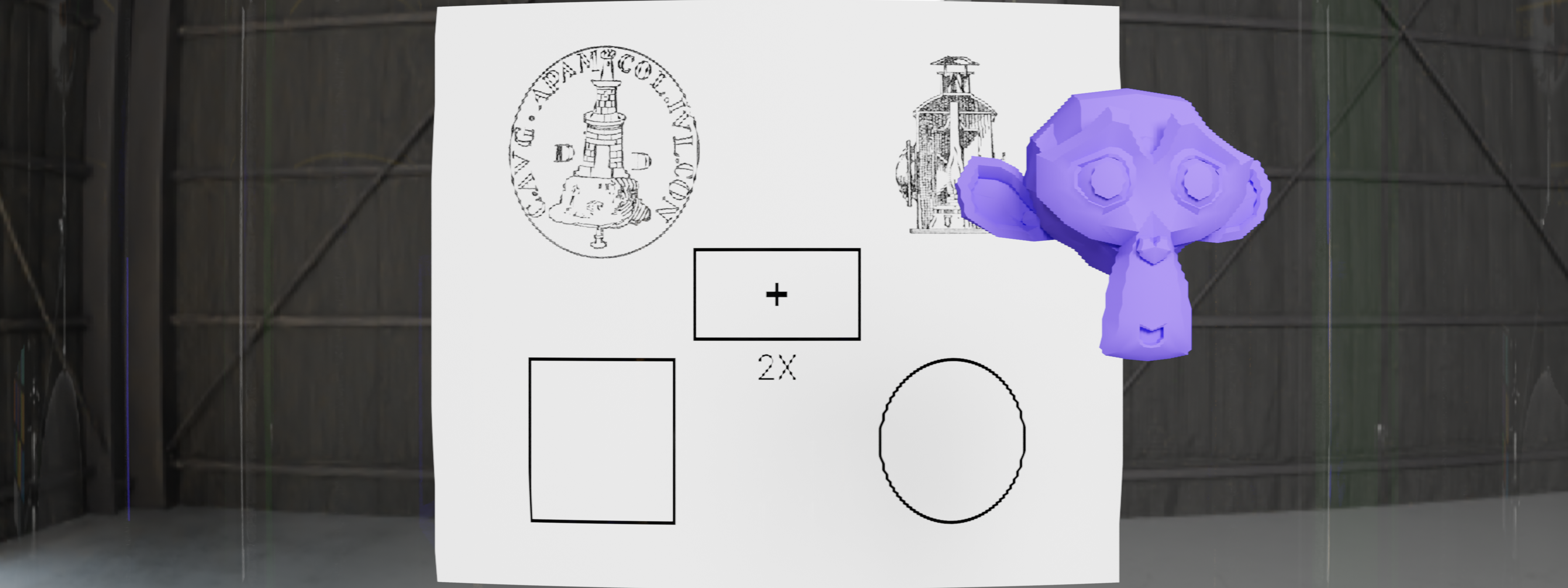
The stair stepping is more exaggerated, but of course in the real world cylinders are cut at a higher resolution, almost near infinite.
Now, let's go lower in resolution to see what happens:

Wow! That's definitely low resolution. Look at how blocky the image is! Let's desqueeze it and see what happens:
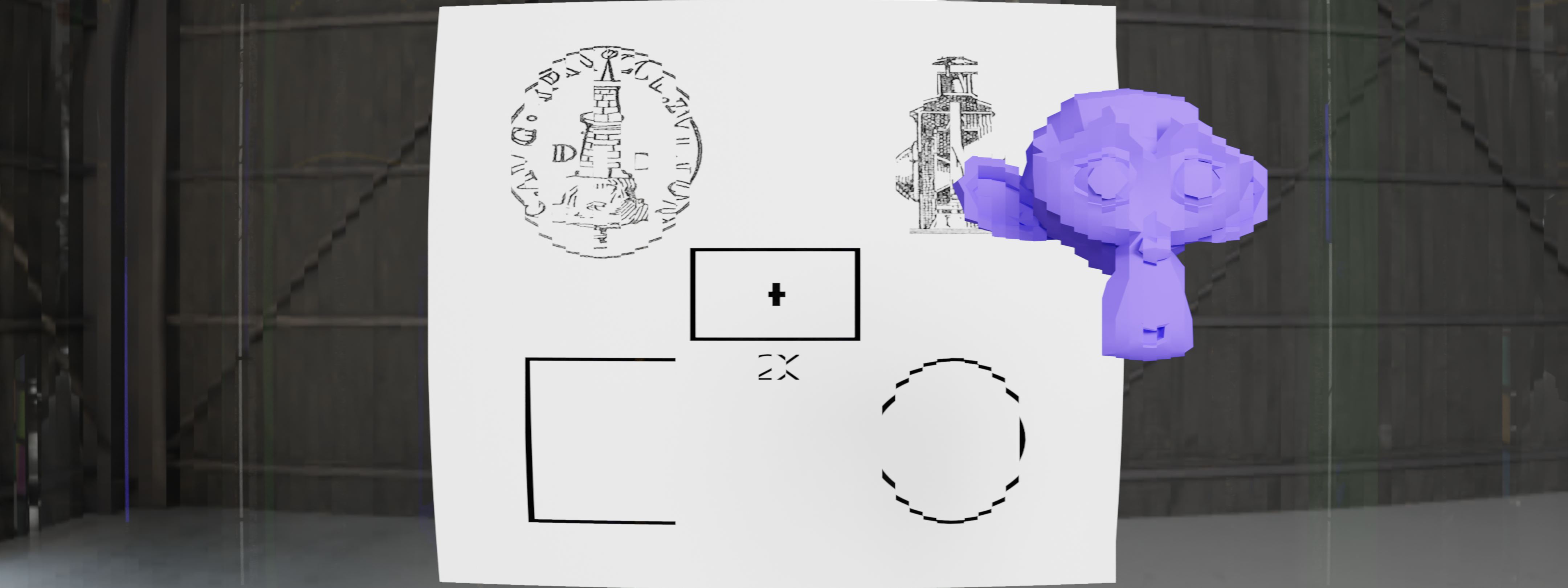
Desqueezing definitely makes the image more...legible, but it's still so blocky.
The most interesting part of this simulation is by and far the resolution of the cut glass. Again, this isn't a problem in the real world because of how cylinders are made, but this
does demonstrate how the squeezing of the image only takes place
horizontally.







